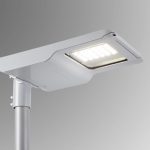Calculating the Cost: Running a 300 Watt LED Grow Light

Growing plants indoors has become increasingly popular over the years, and many people are turning to LED grow lights as a way to provide their plants with the necessary light they need to thrive. However, one important aspect of using these lights is calculating the cost of running them. In this article, we will be discussing the cost of running a 300 Watt LED grow light, exploring the various factors that can affect the cost, and providing tips on how to minimize your expenses. LED grow lights are a great alternative to traditional lighting systems, as they are energy-efficient and long-lasting. However, they do require an initial investment and can increase your electricity bill. To determine the cost of running a 300 Watt LED grow light, you need to consider factors such as your electricity rate, the number of hours the light is on, and the size of your grow space. By understanding these factors, you can make informed decisions about which LED grow light to purchase and how to use it efficiently to minimize costs. Let’s dive deeper into the topic of calculating the cost of running a 300 Watt LED grow light.
Calculating the cost of running a grow light is an essential step for any indoor gardener or horticulturist. It helps to determine the amount of electricity used, which can directly impact the monthly utility bills. Moreover, it allows growers to plan their budget and make informed decisions about which grow light to use. By calculating the cost, growers can compare different types of grow lights and select the one that offers the best balance between cost and efficiency. Additionally, knowing the cost of running a grow light can help prevent overloading the electrical circuits and ensure that the grow light is being used safely and efficiently. Overall, calculating the cost of running a grow light is a crucial step that can save money, prevent accidents, and improve the overall success of an indoor garden.
The article \Calculating the Cost Running a 300 Watt LED Grow Light\ provides an in-depth analysis of the expenses involved in operating a 300-watt LED grow light for indoor gardening purposes. The article will cover various aspects of the cost of running such grow lights, including the cost of electricity, the amount of energy consumed, and the lifespan of the LED bulbs. The article will also discuss different factors that affect the overall cost of running a 300-watt LED grow light, such as the size of the grow space, the type of plants being grown, and the duration of the grow cycle. Additionally, the article will provide some tips on how to reduce the cost of running LED grow lights and increase their efficiency.
Wattage and Electricity Cost
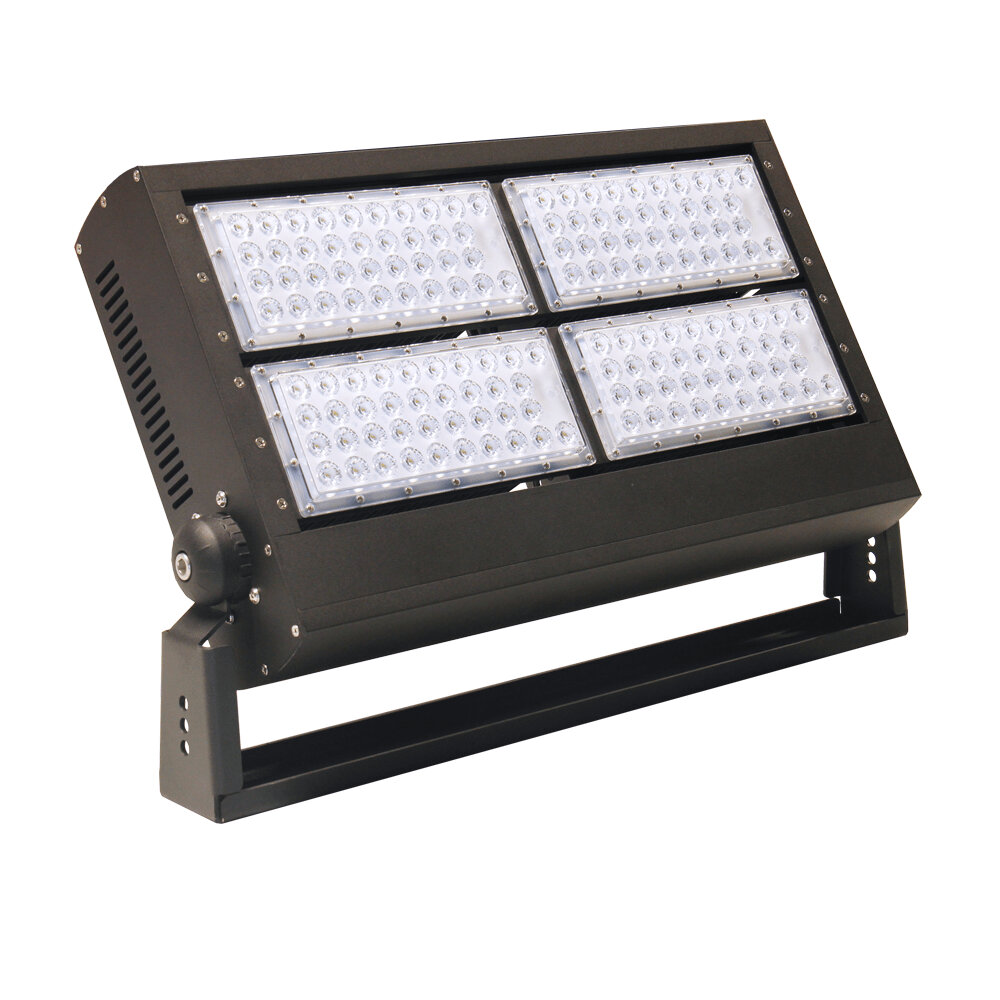
When it comes to calculating the cost of running a 300 watt LED grow light, understanding wattage and electricity cost is crucial. The wattage of a device refers to the amount of power it consumes when in use. This means that a 300 watt LED grow light will consume 300 watts of power every hour it is in operation. The higher the wattage, the more electricity the device will use, which in turn will result in a higher electricity bill. Therefore, it is important to consider wattage when purchasing any electrical device, including LED grow lights. The cost of electricity is another important factor to consider when calculating the cost of running a 300 watt LED grow light. The cost of electricity varies depending on the location, with some areas charging more than others. Typically, electricity is charged in kilowatt-hours (kWh), which is the amount of energy used in one hour by a device that consumes 1,000 watts of power. Therefore, to calculate the cost of running a 300 watt LED grow light, the wattage must be converted to kilowatts (kW) by dividing it by 1,000. The resulting number is then multiplied by the cost per kWh to determine the cost of running the device per hour. By understanding both wattage and electricity cost, growers can accurately calculate the cost of running their 300 watt LED grow light and make informed decisions about energy consumption.
Wattage is a measure of the electrical power consumed by a device or appliance. It is the rate at which energy is being used in a circuit. The higher the wattage, the more electricity is being consumed by the device. To calculate the electricity cost of running a 300 watt LED grow light, one needs to consider the cost per kilowatt-hour (kWh) of electricity in their area. The cost of electricity is directly proportional to the wattage of the device and the time it is used. Therefore, a 300 watt LED grow light will consume 0.3 kWh of electricity in an hour of use. If the cost of electricity is $0.12 per kWh, then the cost of running the grow light for one hour would be $0.036.
Calculating the cost of running a 300 Watt LED grow light is essential to budget and plan for electricity bills. To do this, one must first determine how many hours the grow light will be in use daily, for example, 16 hours per day. Then, calculate the total electricity consumption by multiplying the wattage by the hours of use, which in this case is 4,800 watts per day. Next, divide the total wattage by 1,000 to convert it into kilowatts and then multiply it by the cost per kilowatt-hour charged by the electricity company. Assuming a cost of $0.15 per kilowatt-hour, the daily cost of running a 300 Watt LED grow light would be $0.72, while the monthly cost would be around $21.60. Therefore, calculating the cost of running a grow light can help one to budget and make informed decisions about their electricity usage.
When it comes to indoor gardening, lighting is one of the most important factors to consider. Among the different types of grow lights, LED grow lights have become increasingly popular due to their energy efficiency and long lifespan. In terms of electricity cost, LED grow lights are significantly cheaper compared to other types of grow lights such as HPS and MH. This is because LED grow lights consume less energy while still providing the necessary light spectrum for plant growth. Additionally, LED grow lights emit less heat, which means less energy is required for cooling. Overall, investing in LED grow lights can save growers a significant amount of money on electricity costs in the long run.
Heat and Cooling Costs

Heat and cooling costs are an important consideration when running any type of indoor grow light. LED grow lights, in particular, have a reputation for producing less heat than traditional high-intensity discharge (HID) lights. While this may be true, LED grow lights still generate heat that needs to be managed. The heat generated by the grow light will cause the temperature in the grow room to rise, which can negatively impact plant growth and development. In order to maintain the optimal temperature range for plant growth, growers may need to invest in additional cooling equipment such as fans or air conditioning units. These additional costs should be factored into the overall cost of running the grow light. In addition to the cost of cooling equipment, growers should also consider the cost of heating their indoor grow space during colder months. While the heat generated by the grow light may be enough to keep the grow room warm in some cases, this may not always be the case. In colder climates, growers may need to invest in additional heating equipment such as space heaters or radiant heaters. These additional costs, along with the cost of running the grow light itself, should be factored into the overall cost of operating an indoor grow operation. By considering all of these costs upfront, growers can make informed decisions about the most cost-effective way to run their indoor grow operation.
Grow lights produce heat as a byproduct of converting electrical energy into light. When electricity passes through the diodes in an LED grow light, some of the energy is converted into photons of light, while the rest is released as heat. This process is known as the quantum efficiency of the LED light. The heat produced by grow lights can raise the temperature in the growing environment, which can have a significant impact on plant growth and development. It is essential to monitor and manage the temperature of the grow room to ensure optimal plant growth and prevent damage to the grow light and plants.
When it comes to calculating the cooling costs for a 300 watt LED grow light, it’s important to consider a few different factors. First and foremost, you’ll want to determine the amount of heat that the grow light generates, as this will dictate how much cooling is required. Additionally, you’ll need to factor in the efficiency of your cooling system, as well as the cost of electricity needed to power it. Depending on your setup, you may also need to consider the cost of additional equipment such as fans or air conditioners. By taking all of these variables into account, you can get a better idea of the total cost of running your 300 watt LED grow light, and make informed decisions about how to keep your plants cool and healthy.
When it comes to cooling costs, LED grow lights have a significant advantage over other types of grow lights. LED grow lights are much more energy-efficient, which means they generate less heat than other types of grow lights such as high-pressure sodium (HPS) or metal halide (MH). This lower heat output means that LED grow lights require less cooling, resulting in lower cooling costs. In addition, LED grow lights also have a longer lifespan, which means they require less frequent replacement than other types of grow lights. This translates to lower maintenance costs and a lower overall cost of ownership. Therefore, if you’re looking for an energy-efficient and cost-effective lighting solution for your indoor garden, LED grow lights are the way to go.
Bulb Replacement Costs
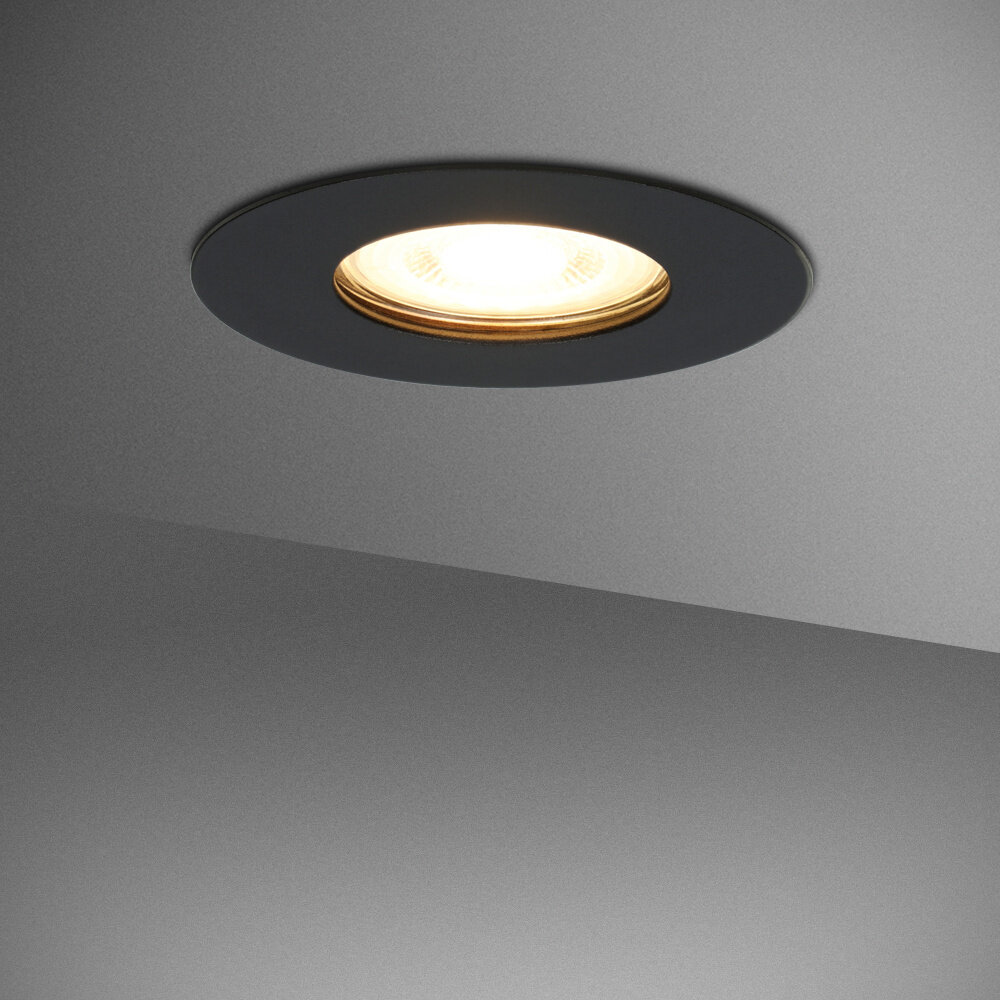
When it comes to calculating the cost of running a 300 watt LED grow light, one often overlooked expense is bulb replacement costs. While LED grow lights are known for their longevity and energy efficiency, they still require replacement bulbs over time. The cost of replacement bulbs can vary depending on the brand and type of bulb you choose, but it’s important to factor this expense into your overall cost analysis. Typically, LED grow light bulbs last anywhere from 25,000 to 50,000 hours, so you won’t need to replace them too often, but it’s still important to keep this expense in mind. One way to minimize bulb replacement costs is to choose a high-quality LED grow light from a reputable manufacturer. While these lights may be more expensive upfront, they often come with longer warranties and better quality bulbs that can last longer than cheaper alternatives. Additionally, choosing a grow light with a modular design can make it easier and more affordable to replace individual bulbs as needed, rather than having to replace the entire fixture. By factoring in bulb replacement costs and choosing a high-quality grow light, you can ensure that your overall cost of running your grow operation remains manageable and sustainable over time.
The lifespan of a 300 watt LED grow light bulb can vary depending on its quality, usage, and environment. Generally, high-quality LED bulbs can last up to 50,000 hours, which is equivalent to 5-6 years of continuous use. However, factors such as overheating, humidity, and power fluctuations can decrease the lifespan of the bulb. It is recommended to replace the bulb every 3-4 years to ensure optimal performance and yield. Additionally, regular maintenance, such as cleaning the light fixture and ensuring proper ventilation, can also prolong the lifespan of the bulb. While LED grow lights may have a higher upfront cost compared to traditional lighting systems, their long lifespan and energy efficiency make them a cost-effective option for indoor gardening.
Calculating the bulb replacement costs over time is crucial when running a 300 watt LED grow light. LED grow lights are known for their longevity, with an average lifespan of around 50,000 hours. However, eventually, these lights will begin to dim and lose effectiveness, requiring replacement. The cost of bulb replacement can vary based on the brand and type of bulb, with some costing as much as $100 each. It’s important to factor in the cost of replacement when calculating the overall cost of running the LED grow light. By doing so, you can ensure that you’re getting the most value for your money and avoid any unexpected expenses down the line.
When it comes to replacing bulbs for grow lights, LED grow lights are a cost-effective option compared to other types of grow lights. LED grow lights have a longer lifespan of up to 50,000 hours, which means they need less frequent replacements, unlike HPS and MH grow lights which typically last for about 20,000 hours. Additionally, LED grow lights have lower energy consumption, which reduces the need for frequent replacements due to burnouts. Despite LED grow lights having a higher upfront cost, the long-term savings from reduced bulb replacement costs make them a more economical option for growers in the long run.
Total Cost of Running a 300 Watt LED Grow Light
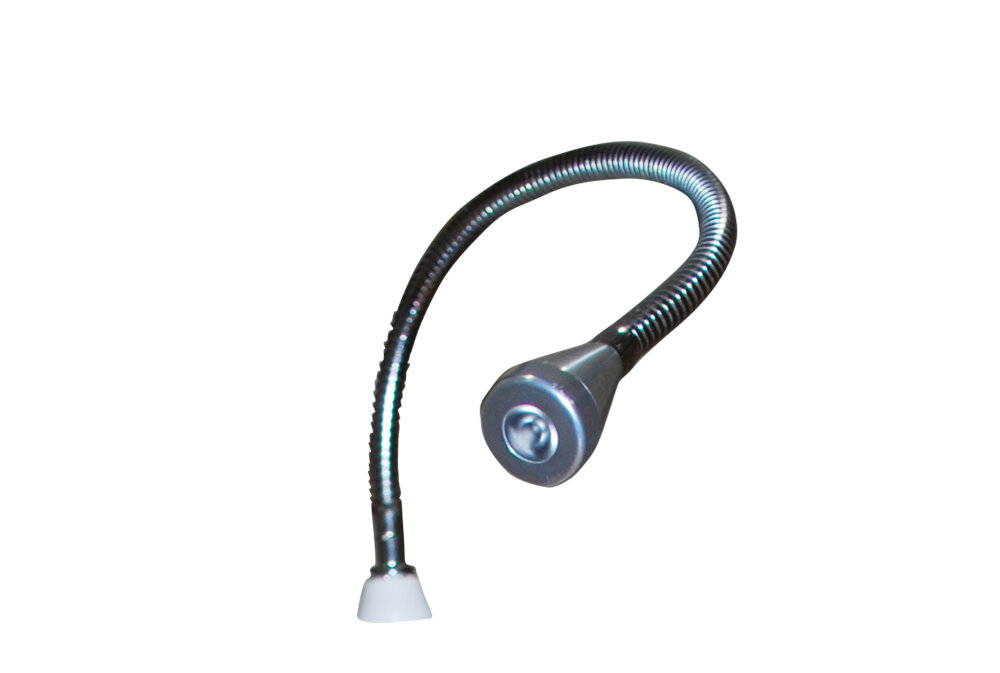
When it comes to calculating the cost of running a 300 watt LED grow light, there are several factors to consider. First and foremost, the wattage of the light itself will have a significant impact on your overall energy usage and cost. A 300 watt LED grow light can consume anywhere from 0.3 to 0.5 kilowatt-hours (kWh) of electricity per hour of use, depending on the specific model and settings used. Over the course of a typical 12-hour grow cycle, this could add up to a daily energy consumption of 3.6 to 6 kWh. Of course, the cost of electricity in your area will also play a role in determining the total cost of running a 300 watt LED grow light. In general, electricity prices can range from around 10 to 20 cents per kWh in the United States, with some areas experiencing even higher rates during peak usage times. Based on these rates, a 300 watt LED grow light could cost anywhere from $0.36 to $1.20 per day to run, or up to $36 to $120 per month. These costs may seem relatively low, but they can quickly add up over time, especially if you are running multiple grow lights or using them for extended periods of time.
Calculating the costs associated with running a 300 Watt LED grow light encompasses several factors, including wattage, electricity cost, heat and cooling costs, and bulb replacement costs. LED grow lights are efficient and consume less power than traditional grow lights, which reduces electricity costs. However, they may generate heat, which requires cooling costs. Additionally, LED bulbs have a longer lifespan than traditional bulbs, which means lower replacement costs. Overall, calculating the cost of running a 300 Watt LED grow light depends on a variety of factors, but LED technology offers energy-efficient and cost-effective benefits for indoor plant growth.
When running a 300 watt LED grow light over a year, it is essential to calculate the total cost to ensure it fits within your budget. Firstly, you need to consider the cost of electricity, which is calculated by multiplying the wattage of the LED grow light by the number of hours it is used daily and then multiplying by the cost per kilowatt-hour charged by your electricity provider. Additionally, you need to factor in the cost of replacing the grow light if it fails, the cost of cooling the area where the grow light is located, and any maintenance costs. By taking all these costs into account, you can accurately estimate the total cost of running a 300 watt LED grow light over a year and decide whether it is a feasible option for your indoor gardening needs.
When it comes to comparing the total cost of LED grow lights to other types of grow lights, there are a few things to consider. While the initial cost of LED grow lights may be higher than other types, such as HID or fluorescent, the long-term cost savings can be significant. LED grow lights are known for their energy efficiency, which means they use less electricity and produce less heat than other types of grow lights. This can result in lower electricity bills and less need for additional cooling equipment, which can save growers money in the long run. Additionally, LED grow lights have a longer lifespan than other types of grow lights, which means they won’t need to be replaced as frequently, further reducing costs over time. Overall, while LED grow lights may have a higher upfront cost, the long-term cost savings and efficiency make them a cost-effective choice for growers.
It is crucial to calculate the costs associated with running a 300-watt LED grow light before starting your indoor garden. This is because the cost of electricity can be a significant expense and can quickly add up. By knowing the wattage of your grow light and the cost of electricity per kilowatt-hour in your area, you can estimate the cost of running your grow light. Additionally, understanding the cost of running your grow light can help you make informed decisions about the number of hours you run the light each day and the size of your indoor garden. Overall, taking the time to calculate costs before running a 300-watt LED grow light can save you money in the long run and help you make the most of your indoor garden.
Running a 300 watt LED grow light comes with various costs that need to be considered. First and foremost, the initial cost of purchasing the LED grow light can range from $100 to $300, depending on the brand and quality. However, the long-term cost-saving benefits of LED grow lights make them a worthwhile investment. In terms of energy consumption, a 300 watt LED grow light uses less electricity compared to other types of grow lights and can save up to 50% on energy costs. The cost of running the LED grow light also depends on the electricity rate in your area, with an average cost of $0.12 per kilowatt-hour in the United States. Based on this rate, running a 300 watt LED grow light for 18 hours a day for a month could cost around $32.40. Additionally, the cost of cooling the grow space and replacing the LED bulbs every few years should also be considered. Overall, while the initial cost may seem high, the long-term cost savings and energy efficiency make LED grow lights a smart choice for indoor gardening.
In conclusion, if you are considering using a 300 watt LED grow light, it is important to take into account the initial cost of the light, as well as the ongoing electricity expenses. However, despite the higher upfront cost, LED grow lights are generally more energy-efficient and longer-lasting than traditional grow lights, making them a cost-effective and environmentally-friendly option in the long run. It is also important to consider the size of your grow space and the specific needs of your plants when choosing a grow light. Overall, a 300 watt LED grow light can be a great investment for serious indoor gardeners looking to optimize their crop yields while minimizing their environmental impact.
Conclusion
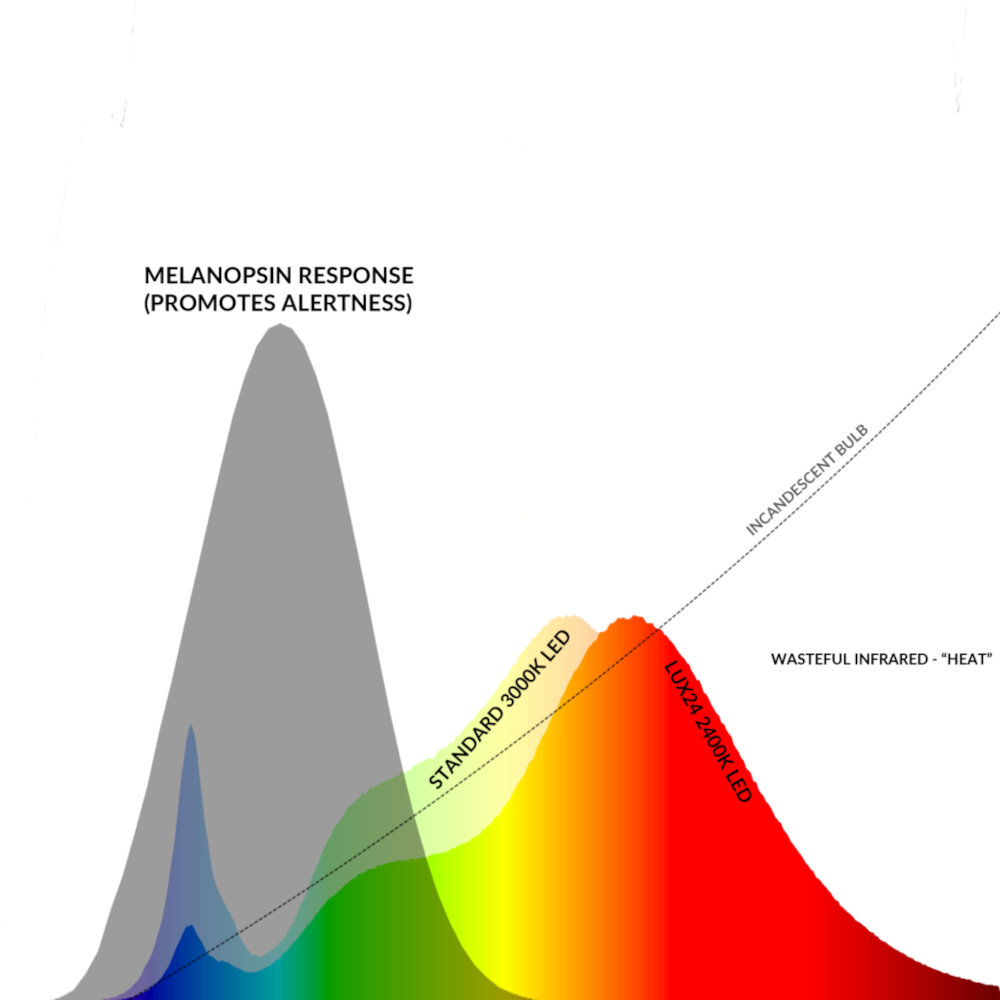
In conclusion, operating a 300-watt LED grow light requires careful consideration of various factors to determine the overall cost. While LED grow lights are energy-efficient and have a longer lifespan than traditional lights, the initial cost and wattage usage should be factored in. Other factors such as the size of the grow space, the type of crops being grown, and the duration of the light usage should also be considered. By carefully calculating the cost, growers can make informed decisions and maximize their yields while minimizing expenses. In short, a thorough analysis of the cost of running a 300-watt LED grow light can help growers to make sustainable decisions and achieve optimal results.


